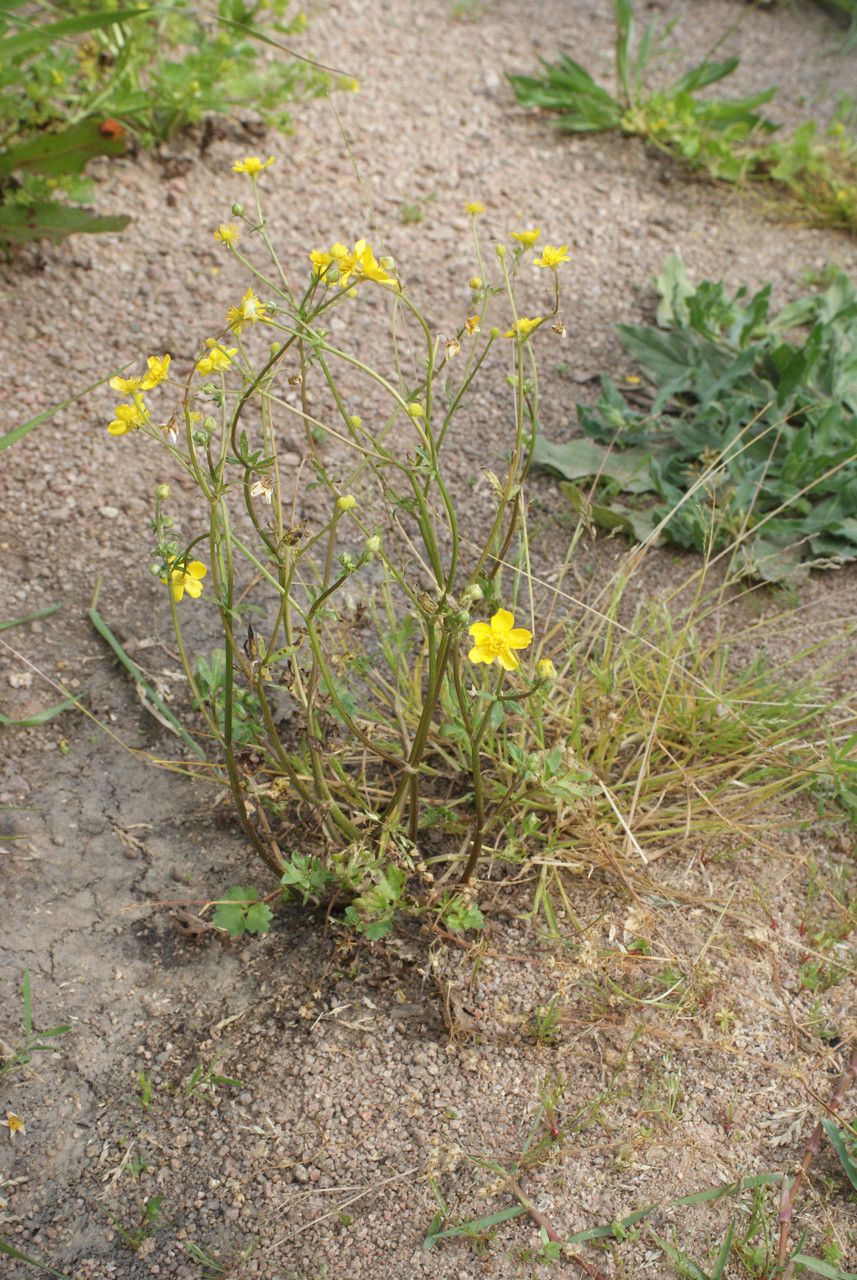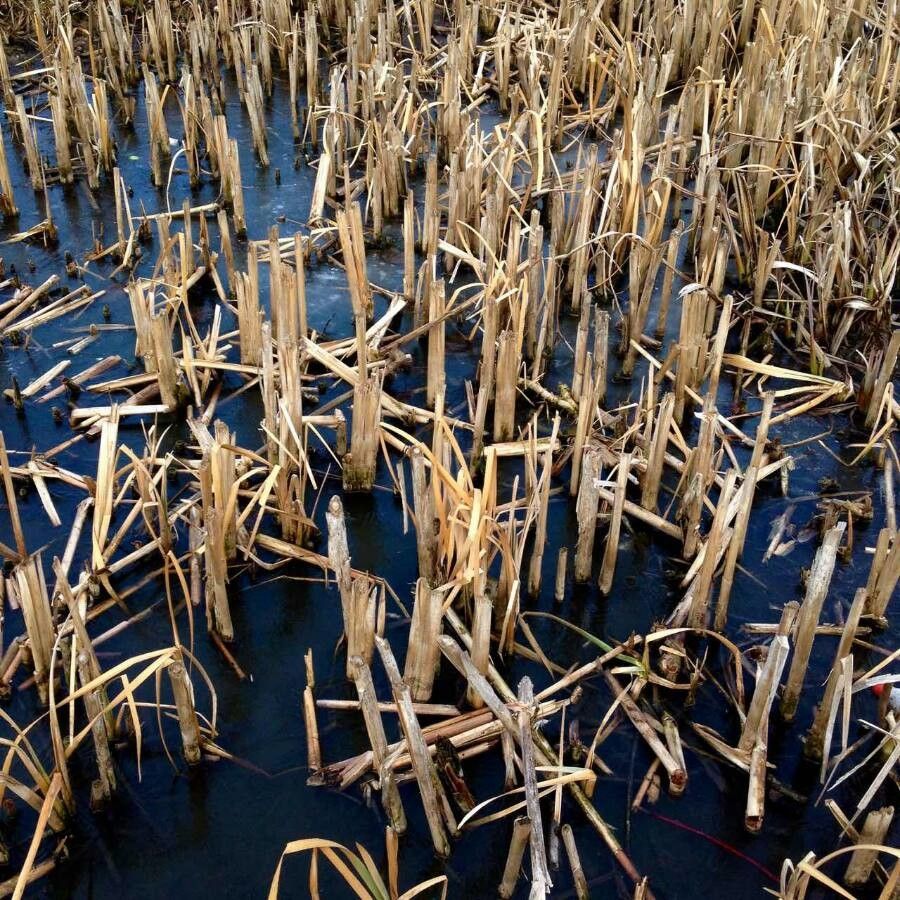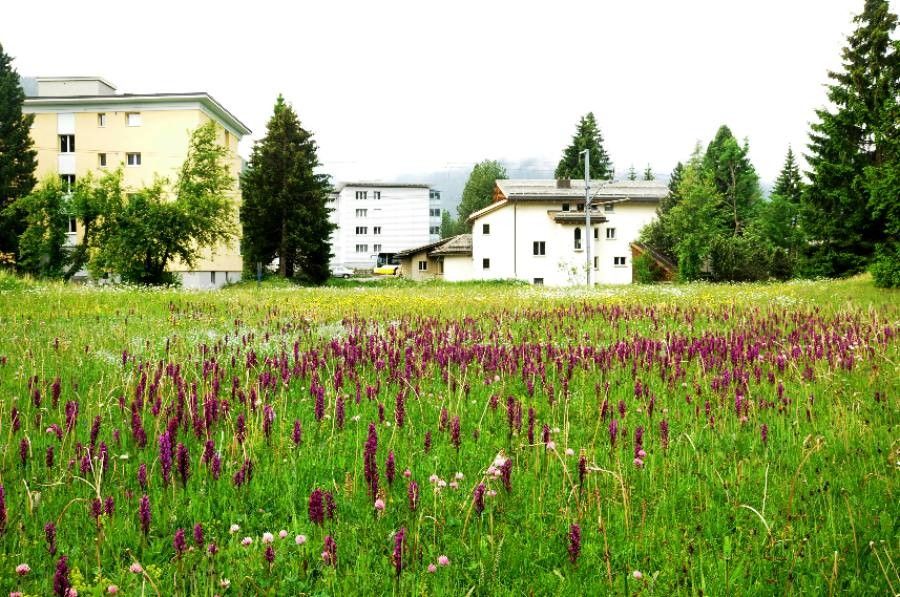## Hairy Buttercup: A Comprehensive Guide
The Hairy Buttercup ( *Ranunculus sardous*) is a charming, yet often overlooked, wildflower belonging to the Ranunculaceae family. Known for its bright yellow flowers and, as its name suggests, hairy leaves, this species boasts a widespread distribution across many parts of the world. While sometimes considered a weed, the Hairy Buttercup can be a beautiful addition to a wildflower meadow or a naturalized garden setting, adding a splash of vibrant color.
### Identification
Identifying the Hairy Buttercup is relatively straightforward. Look for:
* **Bright Yellow Flowers:** These are typically 5-petalled, with a shiny appearance.
* **Hairy Leaves:** The leaves are deeply lobed and noticeably hairy, providing a key distinguishing feature.
* **Prostrate Growth Habit:** The plant tends to spread along the ground, rather than growing upright.
* **Habitat:** Hairy Buttercups thrive in disturbed areas, such as fields, roadsides, and wastelands.
It's important to distinguish the Hairy Buttercup from other similar species. A careful examination of the leaf hairiness and growth habit will usually be sufficient for accurate identification. If uncertain, consulting a field guide or local botanical expert is always advisable.
### Habitat and Growth
Hairy Buttercups are remarkably adaptable plants. They tolerate a wide range of soil types, though they prefer well-drained conditions. They thrive in full sun to partial shade, demonstrating resilience in varying light environments. As annuals, they complete their lifecycle within a single year, germinating, flowering, setting seed, and dying back in a relatively short timeframe. They often self-seed readily, contributing to their widespread presence.
### Cultivation and Care
While often found thriving without human intervention, the Hairy Buttercup can be successfully cultivated in a garden setting. The key to success is to mimic its natural habitat:
* **Soil:** Well-drained soil is crucial. Avoid overly rich or compacted soil.
* **Sunlight:** Full sun to partial shade.
* **Watering:** Water regularly, particularly during dry periods, but avoid waterlogging.
* **Propagation:** Easily propagated from seed. Sow seeds directly into the ground in spring or autumn.
### Toxicity
Like many plants in the Ranunculaceae family, the Hairy Buttercup contains compounds that are toxic if ingested. While unlikely to cause serious harm to humans through skin contact, it’s important to avoid eating any part of the plant. Keep children and pets away from the plant to prevent accidental ingestion.
### Ecological Role
Despite its status as a weed in certain contexts, the Hairy Buttercup plays an important role in the ecosystem. It provides a food source for certain insects and contributes to the overall biodiversity of its habitat.
### Conclusion
The Hairy Buttercup, though sometimes overlooked, is a fascinating and resilient plant with a widespread distribution. By understanding its characteristics and growing requirements, gardeners can appreciate and incorporate this vibrant wildflower into their garden designs, contributing to the beauty and biodiversity of their outdoor spaces.
Hairy Buttercup: Identification, Care & Growing Guide

Frequently Asked Questions
How do I identify a Hairy Buttercup?
Look for bright yellow, 5-petalled flowers, deeply lobed and noticeably hairy leaves, and a prostrate growth habit. Check for its preference for disturbed areas like fields and roadsides.
Is Hairy Buttercup poisonous to pets?
Yes, like many buttercups, the Hairy Buttercup contains toxins. Keep pets away from the plant to prevent accidental ingestion.


